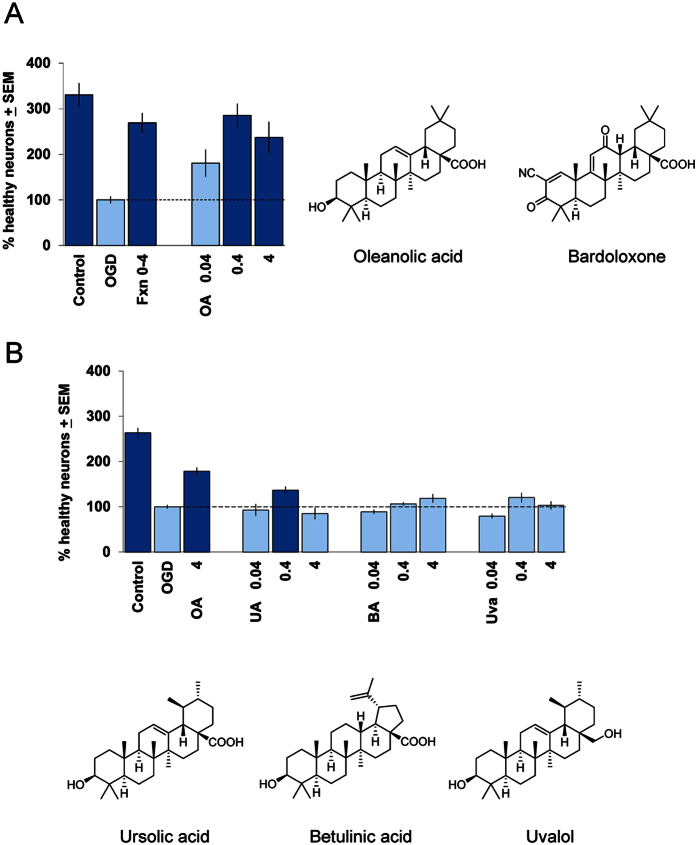Figure 3. Neuroprotective activities of oleanolic acid and other major triterpenoid constituents of Fraction 0–4 evaluated as single agents.
(A) Concentration-response relation for oleanolic acid (OA; in μg/ml) in the brain slice OGD assay (left); the average of 4 independent experiments is shown, with the OGD negative-control condition set to 100%. The positive control was 10 μg/ml Fraction 0–4 (“Fxn 0–4”). Dark blue bars denote statistically significant differences with respect to the OGD negative control by ANOVA followed by Dunnett’s post hoc comparison test at the 0.05 confidence level. Right, Comparison of the chemical structures of the triterpenoids oleanolic acid and bardoxolone. (B) Potential contributions to neuroprotection by additional triterpenoid constituents of Fraction 0–4. Concentration-response relations for ursolic acid (UA), betulinic acid (BA), and uvalol (Uva; all in μg/ml) in the brain slice OGD assay are shown (above). Averages for 2 independent experiments are included for each compound, with the OGD negative-control condition scaled to 100% and data plotted on the same axes for ease of comparison. The positive control was 4 μg/ml oleanolic acid (OA). Note that these are equimolar concentrations for each compound as the molecular weights for all are identical except for uvalol which was tested at 0.039, 0.39, and 3.88 μg/ml rounded to a single significant digit for display purposes. Dark blue bars denote statistically significant differences with respect to the OGD negative control by ANOVA followed by Dunnett’s post hoc comparison test at the 0.05 confidence level. Below, Comparison of chemical structures of the additional triterpenoid constituents of Fraction 0–4, ursolic acid, betulinic acid, and uvalol, as indicated.

